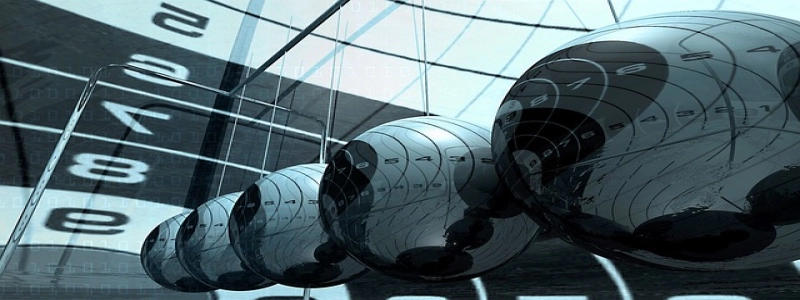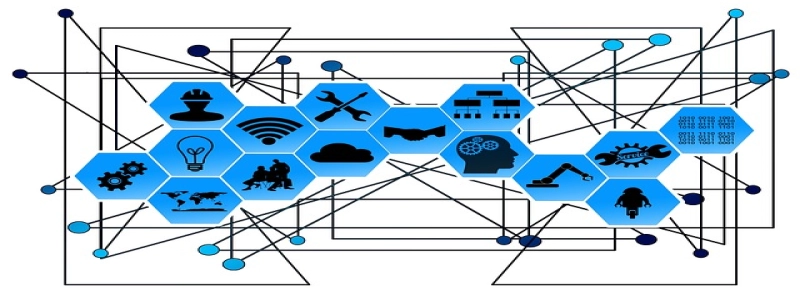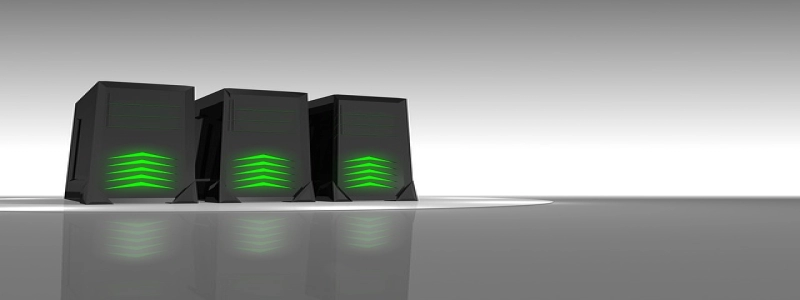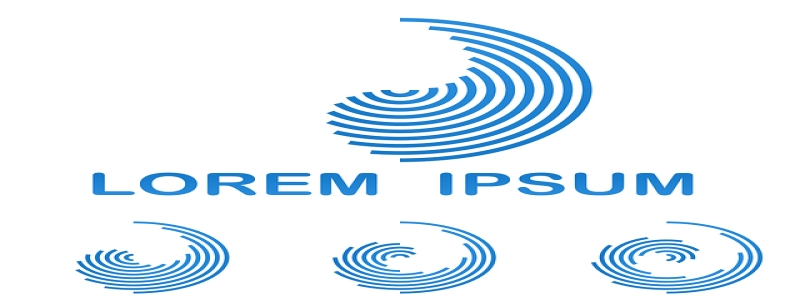How Do Fiber Optic Cables Transmit Data?
Introduction:
Fiber optic cables are widely used in telecommunications and data communication systems due to their ability to transmit data at incredibly high speeds over long distances. This article will explore the structure and working principle of fiber optic cables and how they efficiently transmit data.
I. What are Fiber Optic Cables?
A. Fiber optic cables are thin, flexible strands made of transparent glass or plastic.
B. They consist of a core, cladding, and a protective outer layer.
C. The core is made of a material with a high refractive index, while the cladding has a lower refractive index.
II. The Transmission Process:
A. The data is encoded into light signals, typically in the form of 1s and 0s.
B. These light signals are carried through the core of the fiber optic cable.
C. The refractive index difference between the core and cladding causes the light signals to bounce off the cladding, effectively keeping them contained within the core.
D. This phenomenon is known as total internal reflection and ensures that the light signals travel down the fiber optic cable without significant loss of signal.
III. Data Transmission Methods:
A. There are two primary methods for transmitting data through fiber optic cables.
1. Single-mode transmission: Uses a narrow core and a focused, highly directional light source.
2. Multi-mode transmission: Utilizes a larger core and a less focused light source, allowing for multiple light propagation paths.
IV. Advantages of Fiber Optic Cables:
A. High-speed transmission: Fiber optic cables can transmit data at speeds exceeding that of copper cables.
B. Immunity to electromagnetic interference: Since fiber optic cables transmit data using light, they are not affected by nearby electrical sources.
C. Long-distance capabilities: The low loss of signal allows fiber optic cables to transmit data over much greater distances than copper cables.
D. Greater bandwidth: Fiber optic cables offer a higher bandwidth, allowing for the simultaneous transmission of multiple data streams.
V. Conclusion:
Fiber optic cables provide a reliable and efficient means of transmitting data in various applications. Their structure enables the transmission of light signals through total internal reflection, ensuring minimal loss of signal. With their numerous advantages, fiber optic cables continue to be the preferred choice for high-speed and long-distance data communication.








